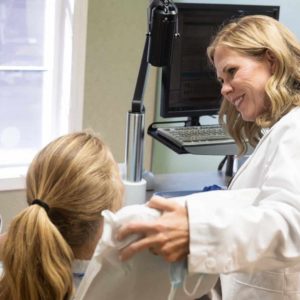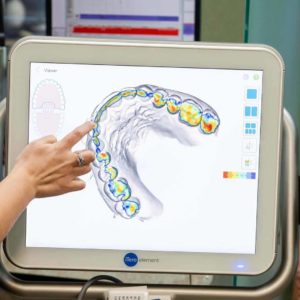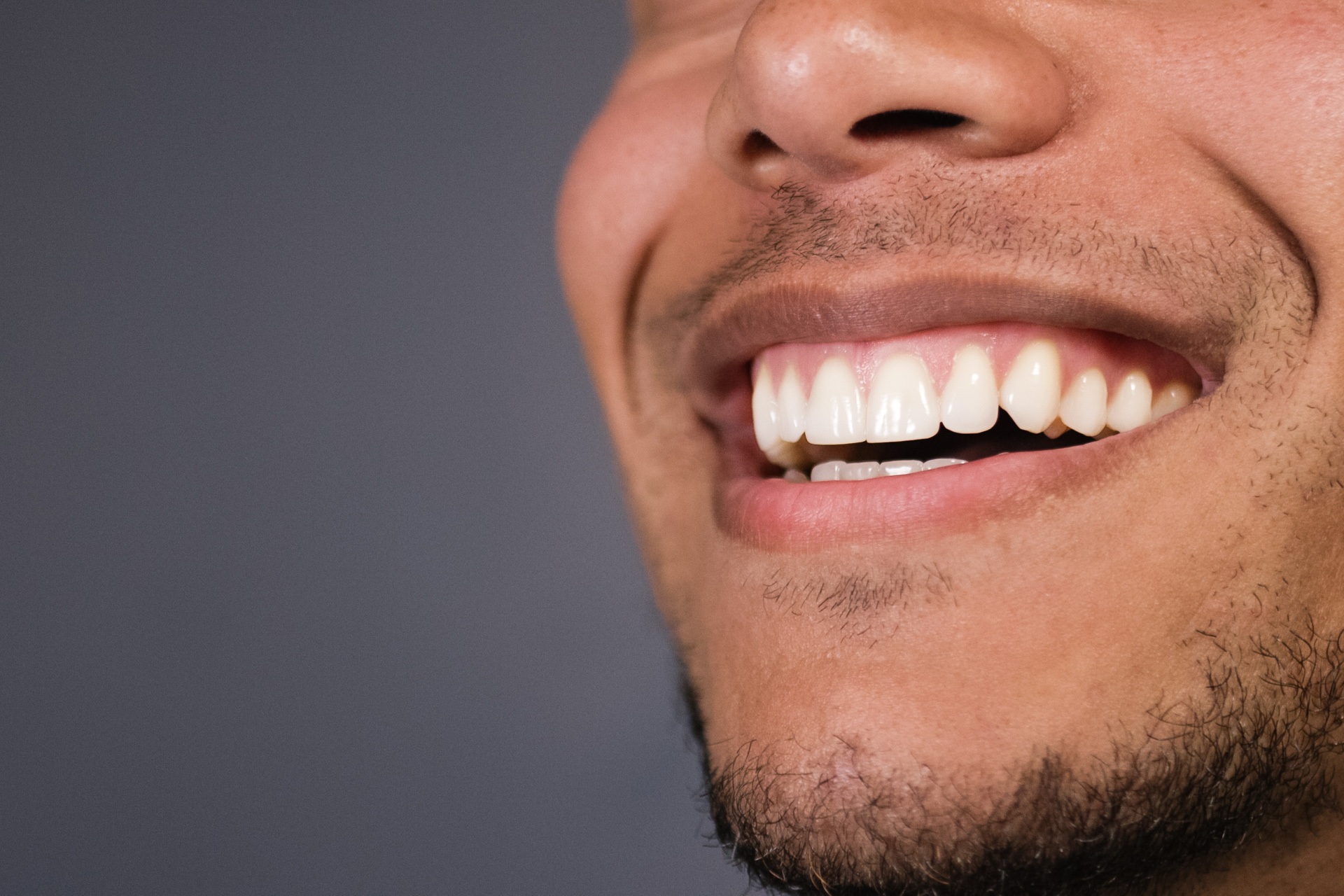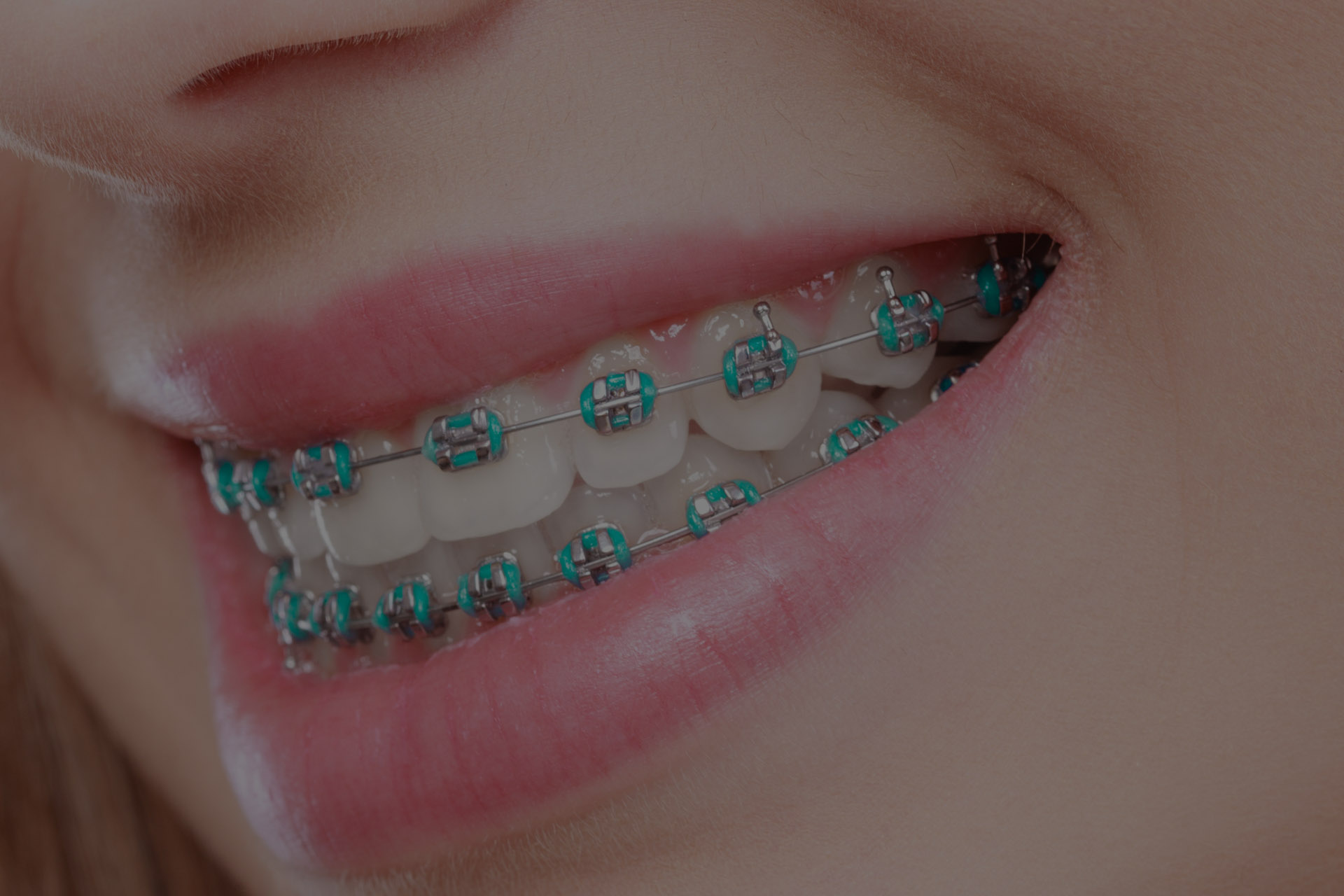What Is A Crossbite?
A crossbite is what happens when the upper and lower teeth do not align properly. People with this type of malocclusion (misalignment) will notice that some of their bottom teeth are located outside their upper teeth when the jaws are closed. To say it another way, some (but not all) of their upper teeth are actually positioned inside their lower teeth. This malocclusion can be seen either in the front of the mouth or at the sides of the mouth. Misalignment at the front of the mouth would be described as an anterior crossbite. We call this same issue in the sides of the mouth a posterior crossbite.
While this might sound a lot like an underbite, it’s actually a totally different issue. Because the causes are so different, these two malocclusions require a different treatment to correct.
Find Out If You’re
A Candidate for Clear Aligners
Find out for free in less than 5 minutes. No commitment!
If you have a crossbite, individual teeth (not your entire jaw) might be slightly forward. But if you have an underbite, you would notice all of your lower teeth and jaw are in front of your upper teeth and jaw. There are 2 types of crossbites:
Anterior Crossbite
Time to get technical! An anterior crossbite is a lingual occlusion of the upper anterior teeth with the lower anterior teeth. In English, this means that some of the incisors and canines are positioned behind the lower teeth at the front of the mouth. Less commonly, an anterior crossbite can also look like the lower front teeth completely hiding the upper front teeth.
Posterior Crossbite
Basically, a posterior crossbite is the opposite of an anterior crossbite. In this case, the top back or side teeth sit inside the bottom back or side teeth. This is an issue that 8-16% of children experience. Posterior crossbite is caused by an irregular narrowing of the palate and teeth in a person’s upper jaw. Children can develop a posterior crossbite on one or both sides of the mouth.
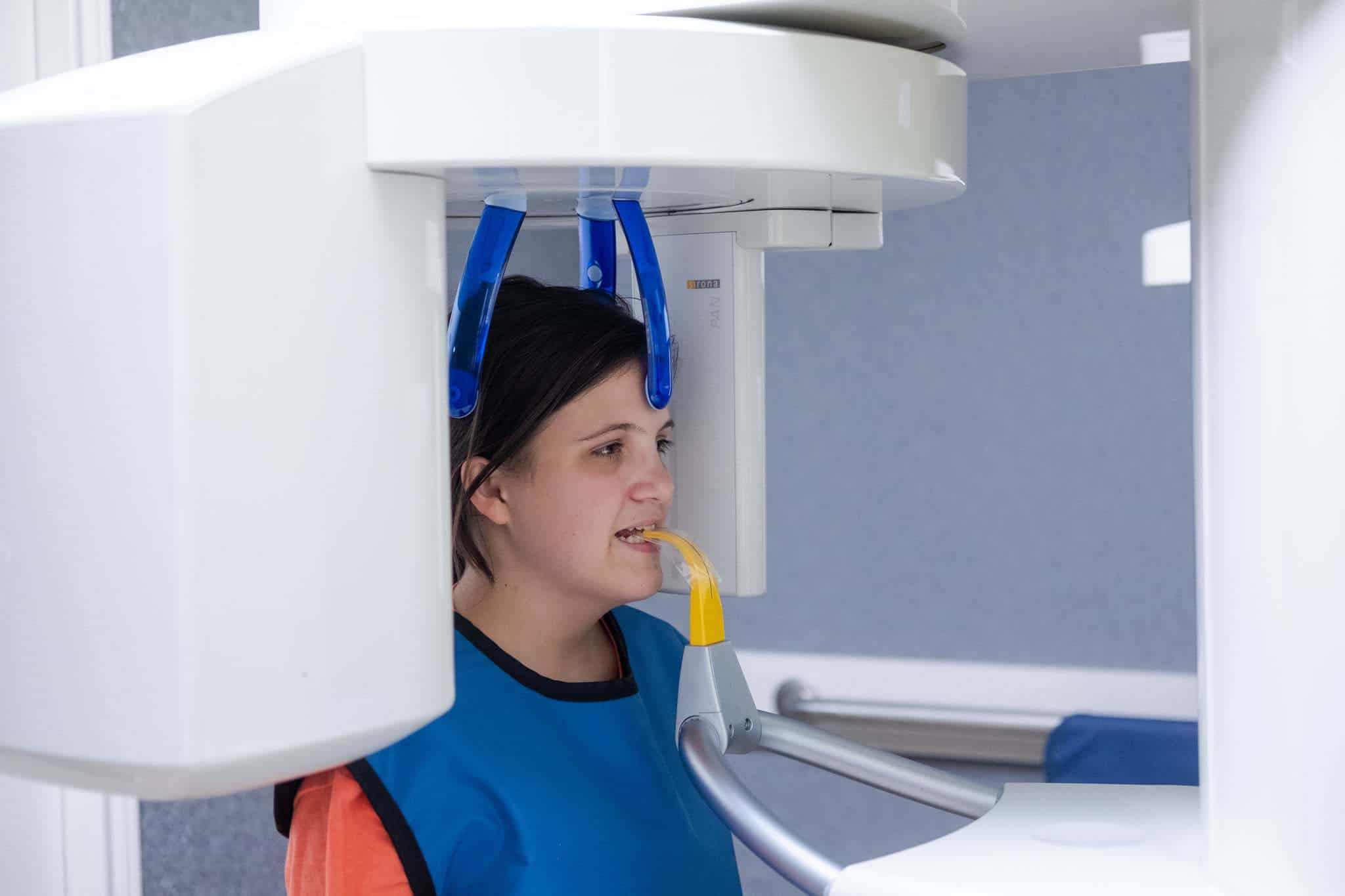
What Is The Cause of a Crossbite?
Development of a crossbite is most commonly attributed to genetic factors. But it can also be a result of things like abnormal tooth eruption, breathing through the mouth over a long period of time (especially during sleep), and even childhood habits like thumb sucking.
Genetic Factors
Some children are simply born with a smaller upper jaw and a larger lower jaw. Because narrow palates and teeth often run in the family, we sometimes recommend a growth modification device to prevent a crossbite from developing. A device like this widens a child’s upper jaw early in life to prepare for the orthodontic treatment likely to be needed once his or her permanent teeth start to grow in.
Mouth Breathing and Airway Issues
Research has shown that mouth breathing can alter facial growth when it happens over the long-term. For children with a small upper jaw mouth, this commonly happens during sleep. Kids that breathe through their mouths while sleeping are more likely to develop a crossbite.
 Delayed Development of Permanent Teeth
Delayed Development of Permanent Teeth
Sometimes baby teeth may stay in the mouth longer than they should and not get loose. This can prevent a child’s permanent teeth from coming in as they should. If this happens, the baby tooth may need to be removed so that they jaw and the permanent teeth can develop correctly together. If the problematic tooth is not removed, this can cause the permanent tooth to come in inside or outside of the baby tooth and cause a crossbite.
Thumb Sucking
Sucking habits can disrupt proper jaw growth in children. These childhood habits include thumb sucking, excessive use of a bottle or pacifier, and poor chewing habits.
How We Treat a Crossbite at Reuland & Barnhart Orthodontics
Crossbites can seem complex and difficult to fix, but in reality they pose no more of a challenge to us than any other orthodontic issue! Just like crooked teeth are fixed with braces or Clear Aligners, there are a number of safe and effective options to treat a crossbite.
Traditional Braces
Braces are a great option to provide extremely precise treatment for a more complex crossbite. Braces are able to target the problem areas more specifically, moving the teeth without affecting other areas of the mouth unnecessarily.
RPE (Rapid Palatal Expander)
If your crossbite requires more extensive treatment, we might use a rapid palatal expander in addition to clear aligners or traditional braces. The RPE works to expand the narrow dental arch that is causing the crossbite, while the clear aligners or braces work to straighten additional crooked teeth at the same time.
Common Risk Factors of Crossbites
- Teeth becoming chipped or cracked due to tension between upper and lower jawline.
- Likelihood of gum disease, gingivitis and other harmful bacteria that can accumulate in between overlapping teeth.
- A fragile or receding gum line that exposes the roots of your teeth. This can lead to tooth decay or infection.
Can TMJ be the Result of a Crossbite?
TMJ can be the direct result of a crossbite. Temporomandibular joint dysfunction inhibits your jaw from functioning properly. This can cause discomfort and in the jaw and the surrounding muscles and prevents them from functioning properly.
Questions? Comments? Get in Touch with Us!
Seeking the proper treatment for crossbites is essential, and we hope this blog has helped you along the way! If you have any questions or concerns we did not address or want to set up a virtual consultation, we would be more than happy to speak with you. We value your experience as a human being, not just a patient! We can’t wait to meet you.


 Delayed Development of Permanent Teeth
Delayed Development of Permanent Teeth
